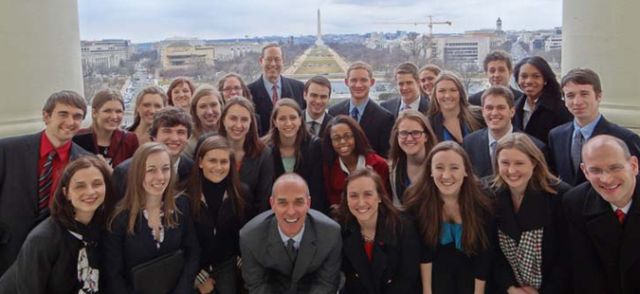Document Type
Article
Publication Date
12-2013
Publication Source
Presidential Studies Quarterly
Abstract
This article compares the electoral significance, causes, and processes associated with presidential versus vice presidential home state advantages. Our analysis of presidential election returns from 1884 through 2008 demonstrates that presidential candidates generally receive a large, statistically significant home state advantage. However, vice presidential home state advantages are statistically negligible and conditioned on the interactive effect of political experience and state population. Furthermore, the results indicate that the mobilization of new voters primarily accounts for presidential home state advantage, while vice presidential home state advantage is mainly due to the conversion of existing voters. Although home state advantages do occur in presidential elections, according to our analysis, a presidential or vice presidential home state advantage has not changed the outcome of any presidential election since 1884.
Inclusive pages
814–838
ISBN/ISSN
0360-4918
Document Version
Postprint
Copyright
Copyright © 2013, John Wiley & Sons
Publisher
John Wiley & Sons
Volume
43
Issue
4
Peer Reviewed
yes
eCommons Citation
Devine, Christopher J. and Kopko, Kyle C., "Presidential Versus Vice Presidential Home State Advantage: A Comparative Analysis of Electoral Significance, Causes, and Processes, 1884-2008" (2013). Political Science Faculty Publications. 97.
https://ecommons.udayton.edu/pol_fac_pub/97
Included in
American Politics Commons, Civic and Community Engagement Commons, Demography, Population, and Ecology Commons




Comments
The document available for download is the author's accepted manuscript, provided in compliance with the publisher's policy on self-archiving. Differences may exist between this document and the published version, which is available using the link provided. Permission documentation is on file.
Citation: Devine, Christopher J., and Kyle C. Kopko. 2013. “Presidential Versus Vice Presidential Home State Advantage: A Comparative Analysis of Electoral Significance, Causes, and Processes, 1884-2008.” Presidential Studies Quarterly 43(4): 814-838.